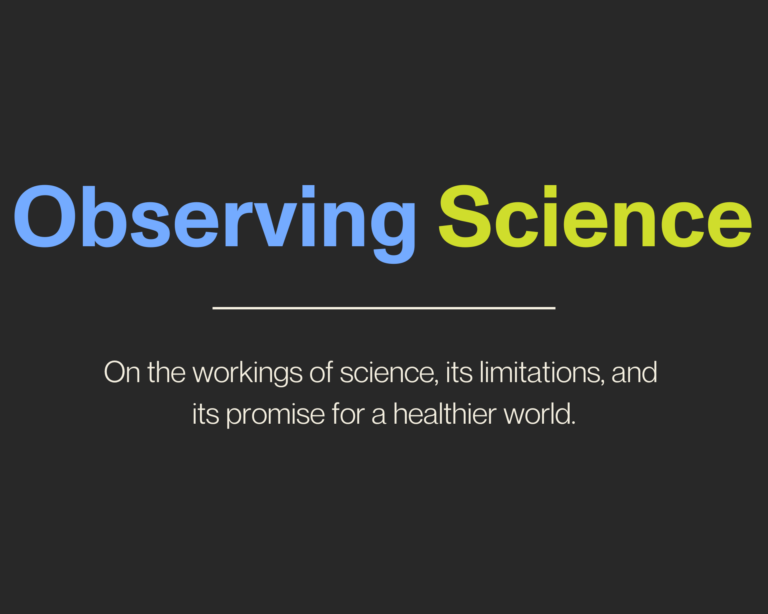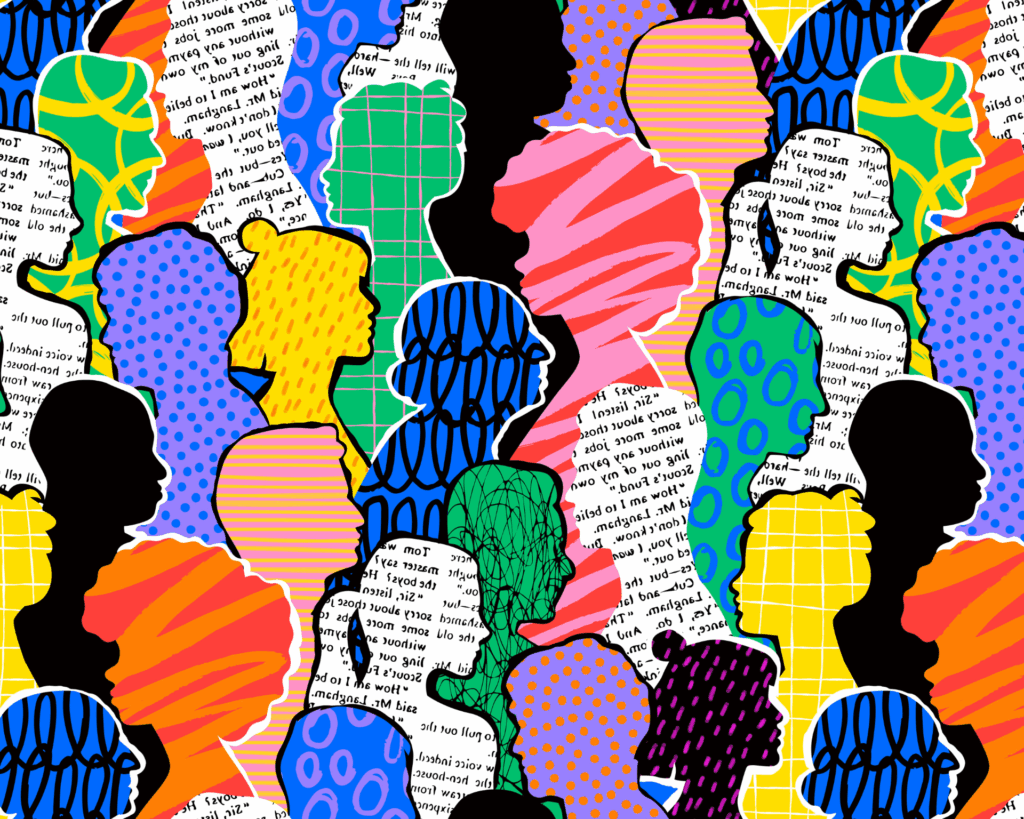The Power of Culture
On culture, stigma, and how science can shift ideas for our collective betterment.

Read Time: 3 minutes
Published:
What causes a change in scientific interest? A new theory can produce a paradigm shift. Funders from the public sector have great influence in driving research teams down particular tracks. Researchers are sometimes also influenced by what has commercial potential. One other driver of scientific interest, much less discussed, is culture itself. We can think of two important examples, one related to brain science, the other related to reproductive health, where culture shifted and with it shifted the focus of science.
In 1985, MDMA (the chemical also known as ecstasy) was criminalized based on NIH-funded studies suggesting that it was neurotoxic. In 2017, the Food and Drug Administration granted MDMA a “breakthrough therapy” designation, allowing scientists to move forward with clinical trials to treat PTSD. By 2024, many tens of millions of research dollars were flowing into studies aimed at demonstrating that ecstasy could indeed have personal and social benefits, although there have been setbacks. What happened during these intervening decades? A culture shift.
The 1980’s was the era of the “War on Drugs,” of “Just Say No,” and of studies that enumerated the harms of illicit drugs, playing up their addictive potential. Ecstasy was a prime target, listed as a Schedule 1 substance by the Drug Enforcement Agency, and judged to be a drug as potentially addictive as heroin. Yet as that decade went on, ecstasy continued to circulate in night-clubs as a party enhancer and became associated with music and dancing. The purported risk of cognitive damage that had led to criminalization appeared to be low (there were millions of consumers), undercutting common political perceptions, and leading to ongoing questions about the accuracy of the original science.
Science can follow, but also shape, shifts in culture, to our collective betterment.
In 2009, David Nutt, the chair of a British government advisory council on the misuse of drugs was fired for suggesting that ecstasy was considerably less harmful than alcohol and the risk of fatality from ecstasy was 1 in 5.2 million, about the equivalent of horseback riding. Still, the science could not progress because a Schedule 1 classification made human trials illegal. Over time, the culture and language shifted as ecstasy moved from being a “drug” to “medicine,” aligning with the growing belief that psychedelic effects could be therapeutic for certain difficult-to-treat mental health conditions. Cultural acceptance preceded the science. Science is now proceeding to offer evidence about what the long-term effects and potential harms of ecstasy actually are.
Cultural changes have also accelerated research related to contraception. Historically, the burden, cost and side effects of pregnancy prevention have fallen on women. A commonplace but illogical thinking has persisted: women bear the risk of pregnancy, so they should also bear the risk of contraception. Over the past half century there have been relatively few clinical trials of new medications for men, and research advances have been notably slow. But, more recently, the cultural context has changed; equity concerns have greater force and men have been participating in contraception research studies of these new medication options, which if effective, would increase the protection possibilities and perhaps redistribute the risks. There are soon to be a variety of convenient, low adverse effect products for men making their way to market.
Culture changes our ideas about stigma—psychoactive drugs can be safely medicalized, masculinity can include pregnancy prevention. The kinds of experiments scientists pursue evolve. Science can follow, but also shape, shifts in culture, to our collective betterment.
Previously in Observing Science: The Political Uses of Science




